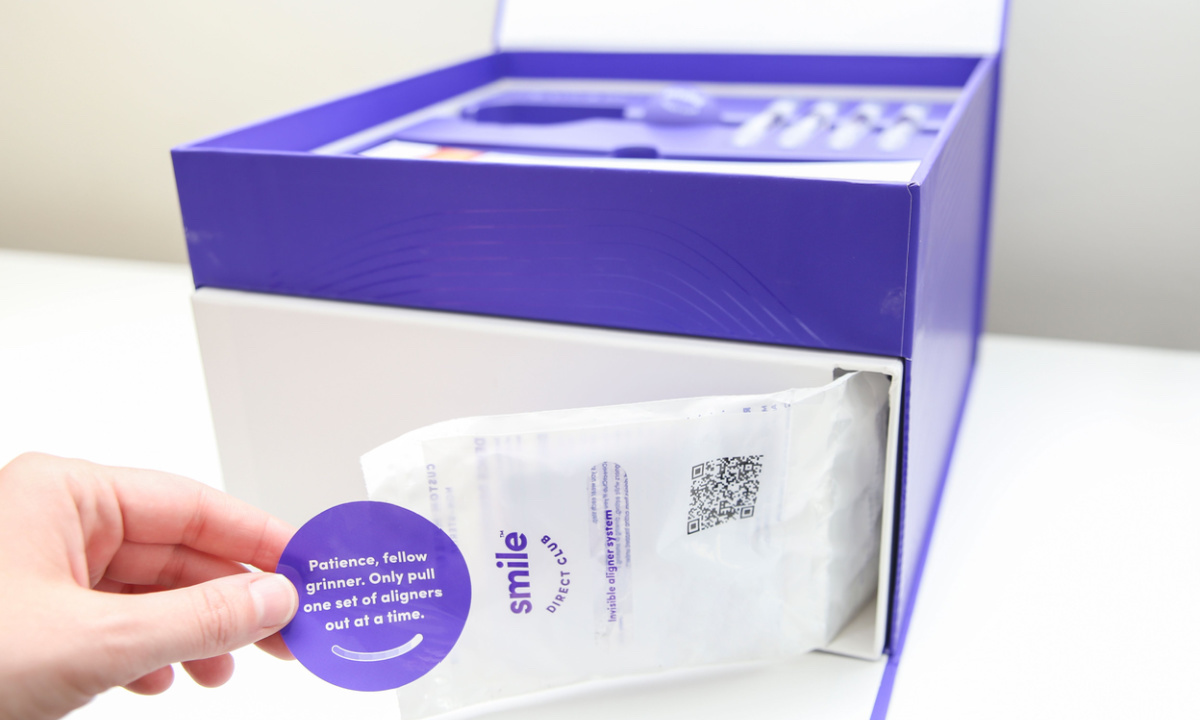
In business, as in life, there are no guarantees of success.
And to put a twist on an observation by poet Robert Burns, the best laid plans of digital, app-driven platforms looking to upend the way things have always been done … can go astray.
News came this week, as reported by Bloomberg, that SmileDirectClub, which filed for bankruptcy more than two months ago, is in discussions with founders and creditors to avoid liquidation.
Bankruptcy, we note, is designed to help shepherd firms though a “right-sizing” process that, ostensibly, leads to a stronger company on the other side of the process. Liquidation, of course, is a final shuttering of operations, a selling off of assets, a new entrant in the corporate graveyard.
SmileDirectClub is only one of a few high-profile bankruptcies this year, flanked by WeWork and Rite Aid. WeWork, of course, also had set out to change the dynamics of supply and demand (for office space). In SmileDirectClub’s model, operating as a teledentistry/telehealth firm bringing teeth alignment and dental treatments (such a teeth whitening) to a (largely) in-home setting, also sports a bit of an omnichannel approach.
An initial visit to a SmileShop brick-and-mortar location — or an at-home kit — to take impressions and scans that are then used by a network of doctors to create a treatment plan, aligners are fashioned, sent home … and the customer relationship is in place over roughly six months (for treatments) and a few years, if consumers had opted for SmilePay direct payment plans.
As we noted here as far back as 2020, joint efforts with the likes of Walmart had sought to broaden reach and scale, and underpin a strategy of “controlled growth.” And, conceptually, the greenfield opportunity sparkled like newly polished incisors.
In the company’s most recent earnings materials, SmileDirectClub posited that costs tied to traditional orthodontics could range between $5,000 and $8,000 and that its direct-to-consumer (D2C) model has brought that cost down to roughly $2,250, and that approval ratings for its credit applications stood at 100%.
But the D2C approach requires 1) keeping consumers satisfied and 2) keeping recurring revenues, well, recurring. And the details, again as crystallized in earnings, show that disruptive models can, themselves, be tested. Revenues slipped 19% due to macro conditions; adjusted EBITDA (a rough cash flow metric) as negative $13.6 million. Among the macro challenges: Headwinds to consumer spending and high inflation. Cash drain had been significant, as SEC filings reveal cash at $28 million, compared to $93 million at the end of last year.
Financing revenue — derived from the SmilePay program — has seen some pressure, too, at $7.1 million, compared to $9 million in the year ago period. The decline in recurring revenues leads, we’d add, to a decline in at least some revenue visibility. The data show, too, that the allowance for credit losses grew through the June period, from about $36 million at the end of last year and a $40 million tally at the end of this year’s second quarter.
Various media reports, too, have detailed consumer complaints related to the efficacy of the programs and teeth-fixing efforts, and customers’ ability to contact dentists.